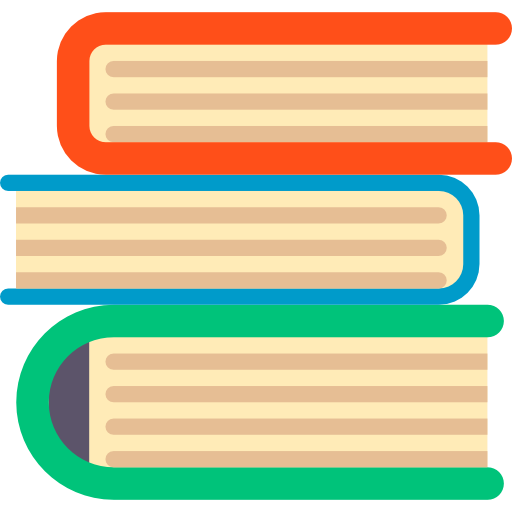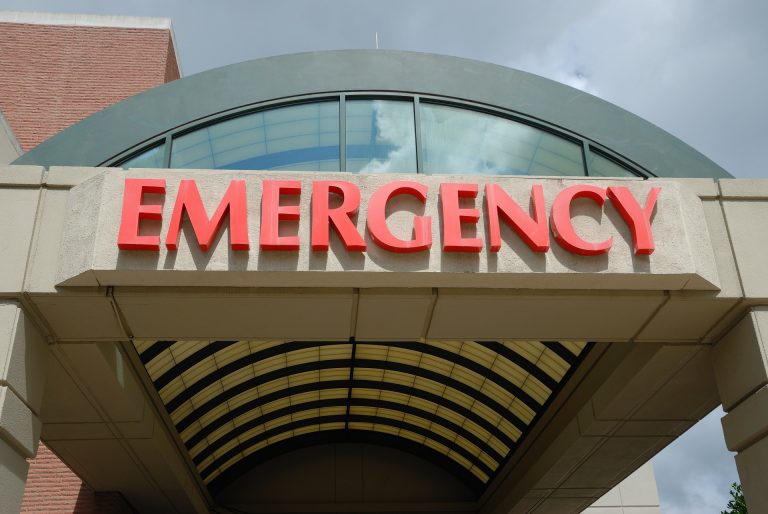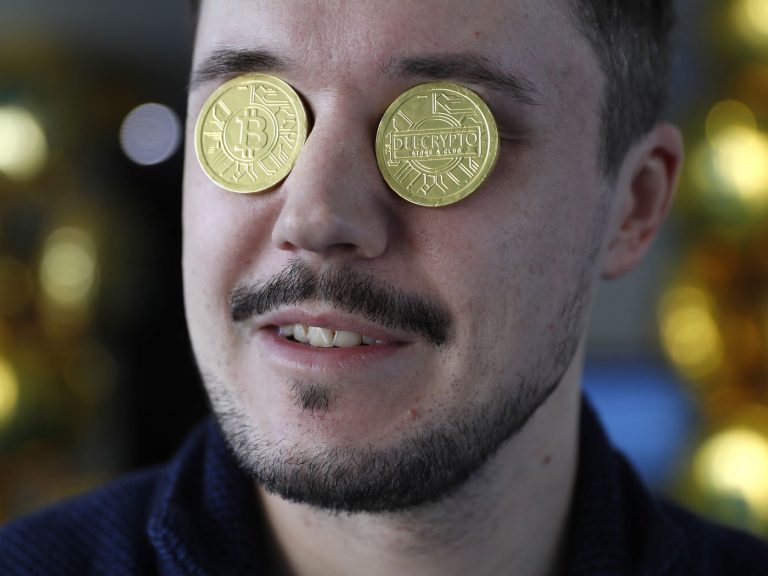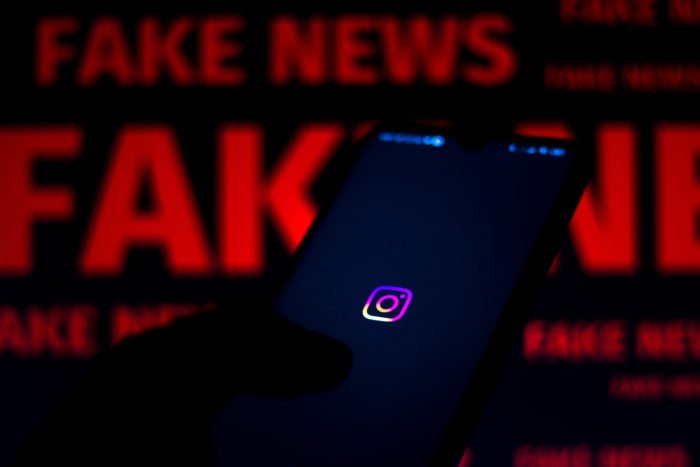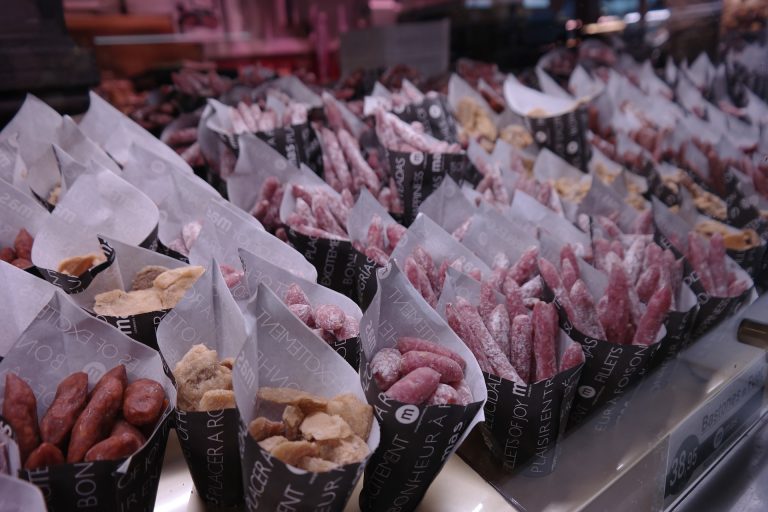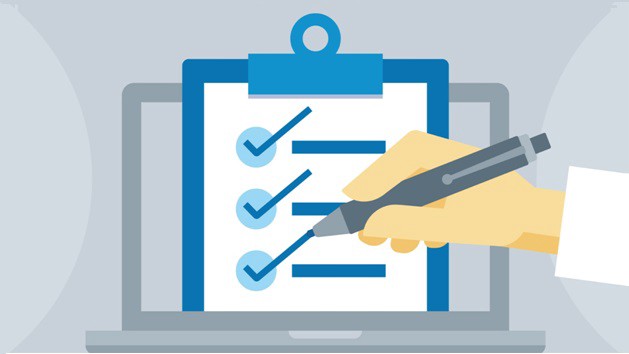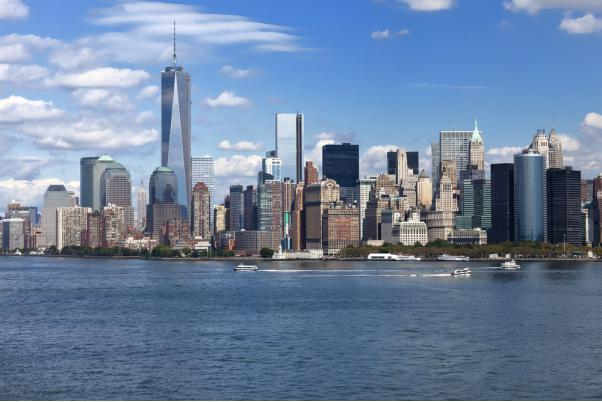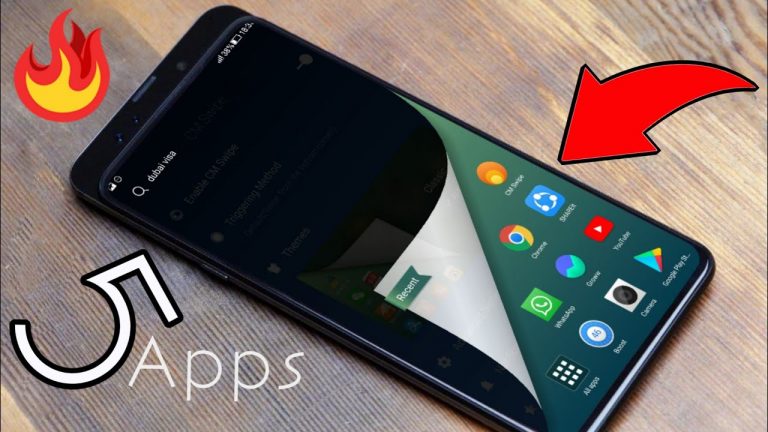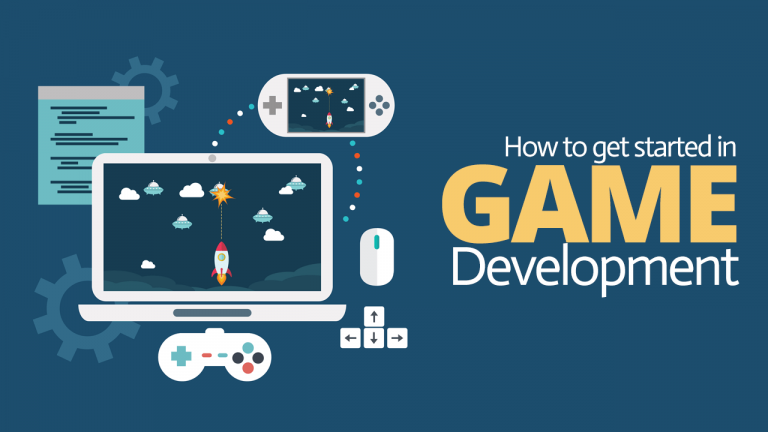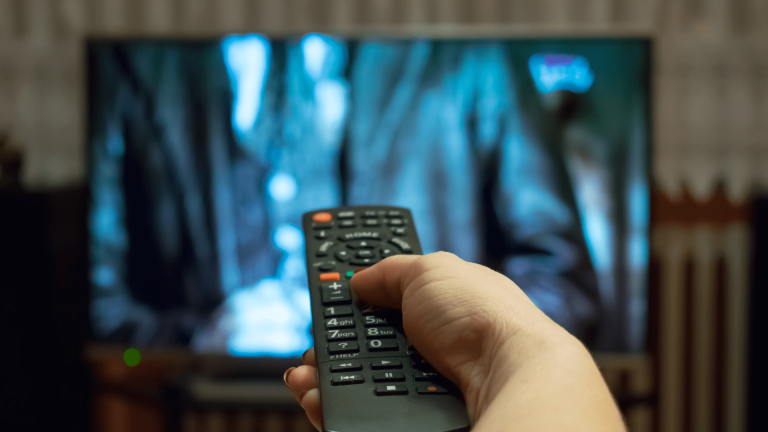Why does my bearded dragon shed all the time?
Shedding is an irritable time for bearded dragons and shedding can be triggered by many things including environment, diet and health but for the most part, it is caused by growth and development for baby and juvenile bearded dragons. Hatchies (baby bearded dragons) will shed almost every week.
What’s the average age of a bearded dragon?
In the wild the average lifespan of a bearded dragon is 3 – 4 years and in captivity the average age is around 8 -10 years. Although some have been known to live to 14+ years.
What happens to a bearded dragon during the brumation cycle?
During the brumation cycle your bearded dragon will become less active and will sleep for much longer periods of time. Your bearded dragon may also have a decreased appetite or stop eating all together.
How often does a bearded dragon go to the bathroom?
Adult bearded dragons can poop anywhere from once to seven times a week! Ultimately, it is important to remember that all bearded dragons are different, with some going to the bathroom daily and others just once a week.
What happens when a bearded dragon is dying?
If your bearded dragon is dying this can be a really difficult time for you and your family. My first experience of a dying bearded dragon was many years ago when one of my bearded dragons suddenly became very lethargic and uninterested in anything.
How long can you leave a baby bearded dragon alone?
This is a fragile time in their lives and they need daily care. In fact, baby beardies need care and interaction several times a day to ensure they grow up healthy. If your bearded dragon is a juvenile, you have a bit more freedom. An overnight trip is usually not a problem here. We wouldn’t stretch it to 2 days, but 1 should be just fine.
How old does a bearded dragon have to be to change color?
You can help by misting or bathing your bearded dragon during periods of shedding to loosen skin. Once your bearded dragon reaches adulthood you should see a decline in this behavior. Bearded dragons slowly change color after shedding, usually getting more colorful until 1-1 ½ years of age.
How old do bearded dragons live in captivity?
Bearded dragons can live up to 10-15 years in captivity. With very good care, bearded dragons often live at least 7-10 years. Bearded dragons over 6 years old enter the old stage of their lives.
When do geckos stop eating when they are shedding?
Many geckos do not eat the day or days before they shed. (Other geckos have been known to pause in the middle of shedding to “chow down”). Observe the gecko carefully to determine whether it is in the early stages of shedding and wait until a day after it has shed before considering other reasons for decrease in feeding.
What happens to a Python when it stops eating?
In the wild, and with many captive keepers, they will go through a period called brumation, which is similar to hibernation. They will become inactive and stop eating for a few months. After brumation, most snakes will take at least a few meals, but some may begin fasting again as the breeding season commences.
What makes a bearded dragon lose its appetite?
Environmental Change. Bearded dragons are also sensitive to seemingly “small” changes like changes in their food pattern, lighting, temperature or any number of things. If your dragon has suddenly lost their appetite think back to any recent changes you have made, this could be at the heart of it.
Shedding is an irritable time for bearded dragons and shedding can be triggered by many things including environment, diet and health but for the most part, it is caused by growth and development for baby and juvenile bearded dragons. Hatchies (baby bearded dragons) will shed almost every week.
Many geckos do not eat the day or days before they shed. (Other geckos have been known to pause in the middle of shedding to “chow down”). Observe the gecko carefully to determine whether it is in the early stages of shedding and wait until a day after it has shed before considering other reasons for decrease in feeding.
In the wild, and with many captive keepers, they will go through a period called brumation, which is similar to hibernation. They will become inactive and stop eating for a few months. After brumation, most snakes will take at least a few meals, but some may begin fasting again as the breeding season commences.
Why does a bearded dragon not eat after a meal?
Because of their cold-blooded nature, many dragons won’t eat until they are warm enough, and post meal their lights should be kept on for around 2 hours, to ensure successful digestion. A lack of correct lighting can also cause feeding issues. Bearded dragons need both UVA and UVB lighting for around 10-12 hours everyday.
Because of their cold-blooded nature, many dragons won’t eat until they are warm enough, and post meal their lights should be kept on for around 2 hours, to ensure successful digestion. A lack of correct lighting can also cause feeding issues. Bearded dragons need both UVA and UVB lighting for around 10-12 hours everyday.
How often do you need to light a bearded dragon?
Lighting should remain on for at least 10-14 hours depending on the season and the age of the bearded dragon. It is important to keep both heating and lighting consistent especially for baby bearded dragons. Constant fluctuations can stress them and contribute to your baby bearded dragon not eating. Are your bulbs providing enough UVB light?
Why does a bearded dragon sleep at night?
Like humans, they are also diurnal, meaning they are awake during the day, and will sleep during the night. Bearded dragons also love to eat, which is why, as this article aims to explore, when a bearded dragon’s appetite becomes reduced, can become worrying for many owners.
Why is my bearded dragon not eating or moving?
If your bearded dragon is not eating, they might be suffering from impaction. This isn’t something that many new owners are familiar with, so let’s explain it for a second. Impaction is a buildup in the gut or intestines that can’t be moved by normal digestive or colon contractions.
Can a bearded dragon eat too much?
When a bearded dragon eats food that is too large it puts pressure on their spinal cord during the digestion process. If the pressure lasts too long it can cause long term paralysis or even death. If you suspect your bearded dragon has eaten something that is too large, you need to keep them off their stomach.
What is a healthy bearded dragon diet?
Bearded dragons are omnivores and can eat a variety of things. Normally your bearded dragon’s diet will consist of vegetables, insects, and non-citrus fruit. When you give your beardie insects you will need to make sure that the insect isn’t too big for your dragon to eat.
What (not) to feed my bearded dragon?
Avocados and rhubarb are toxic and should not be a part of your bearded dragon diet. It is also advised not to feed lettuce to your bearded dragon because it lacks any real nutritional value. Lettuce contains a high proportion of water, feeding it to bearded dragon can cause different problems such as diarrhea.
Shedding, molting, sloughing, ecdysis is the process of the casting of the old outer skin once a new inner one has grown. Researchers consider this process to hormone controlled, and it is due to the need to increase in size. i.e., your pets will have outgrown their older skin.
Is it normal for bearded dragons to bulge their eyes?
Your beardie might also begin to intentionally bulge their eyes as far out of the socket as they can. This is obviously quite unpleasant to witness, but it is normal behavior nonetheless. Bearded Dragons do this to facilitate the shedding process around their eyes. Here are some of the most common concerns owners have when it comes to shedding:
What happens when a bearded dragon loses its appetite?
Loss of appetite in these situations is never a cause for concern unless, rather than shedding beginning, other symptoms begin to crop up. The shedding process is physically taxing on a bearded dragon. You may notice decreasing energy levels in your pet both leading up to and during a shed.
What happens when you peel skin off a bearded dragon?
You’ve likely been peeling away dead skin from somewhere on your body and been interrupted by a sudden, sharp pain, potentially followed by bleeding. That skin wasn’t fully ready to fall away, and the same is true for the skin your beardie is shedding. Peeling the skin exposes the dragon to possible injury and infection.
Why is my bearded dragon shedding all the time?
Bearded dragon shedding due to skin damage Your beardie’s rough skin would become scratched or battered when it comes in contact with sharp objects. You should remove all the pointy protruded items from the vivarium to minimize the chances of damage. Sometimes the skin puncture can be critical, which might be painful for your pet lizard.
What should I do if my bearded dragon is unhealthy?
Use a small cup to gently pour water over the bearded dragon’s head to wet the head and face. Avoid getting water in the eyes or nostrils. You can also use Repti Shedding Aid, or Zilla Bath Shed Ease, to help loosen the skin and promote healthy shedding.
What does it mean when a bearded dragon is Boney?
Boney / Malnourished Appearance. A boney, malnourished appearance can be a direct sign that the bearded dragon is not eating correctly. This could be due to stress, improper temperatures, a lack of adequate UV lighting, or a sign of a more serious health condition.
Is it normal for bearded dragon to open its mouth?
It can be very common for the bearded dragon to open its mouth while on the basking perch for short periods of time. This is a way to cool off while directly under the basking bulb. This behavior is very similar to the way a dog pants to cool off and completely normal. If slack jaw is suspected seek a reptile veterinarian immediately.
Can a male bearded dragon eat a female bearded dragon?
While female Bearded Dragons usually co-exist, males are intolerant of other males and cannot be kept together. If you keep your lizards in a group, make certain that each is able to bask and to obtain enough to eat.
When do bearded dragons stop feeding their pets?
However, those in milder regions may remain active (please see the article linked below to read more about their natural history). Pets sometimes cease feeding in the fall, despite being provided with 12-14 hours of daylight and high temperatures.
How big is a full grown bearded dragon?
Officially named Pogonas, or Pogona Vitticeps in Latin, the bearded dragon is a species of lizard commonly kept as a household pet. With a lifespan of around 10-15 years, a bearded dragon can also grow to around 45cm (around 18 inches) in length.
How often to feed a bearded dragon at any age?
For babies under 3 months, aim to feed them 5 times a day. Babies 3-6 months should be fed 3-4 times a day, while those six months old should be fed 3 times a day, working their way down to 2 times a day as they approach a year of age. On a personal note, I remember many moons ago having my first bearded dragon how lost I was!
Can a bearded dragon be pregnant if there are no males?
This means, that even if your female bearded dragon hasn’t been around any males, she could still be “gravid” AKA pregnant and lay a clutch of infertile eggs. In the weeks leading up to your female laying her eggs, regardless of whether they’re fertile or infertile, she will likely display some specific behaviors.
How often does a baby bearded dragon shed?
Hatchies (baby bearded dragons) will shed almost every week. How to tell if your dragon is shedding? While a dragon is shedding you can give it a bath once or twice per day, this will make the skin softer and loosen of the shed.
